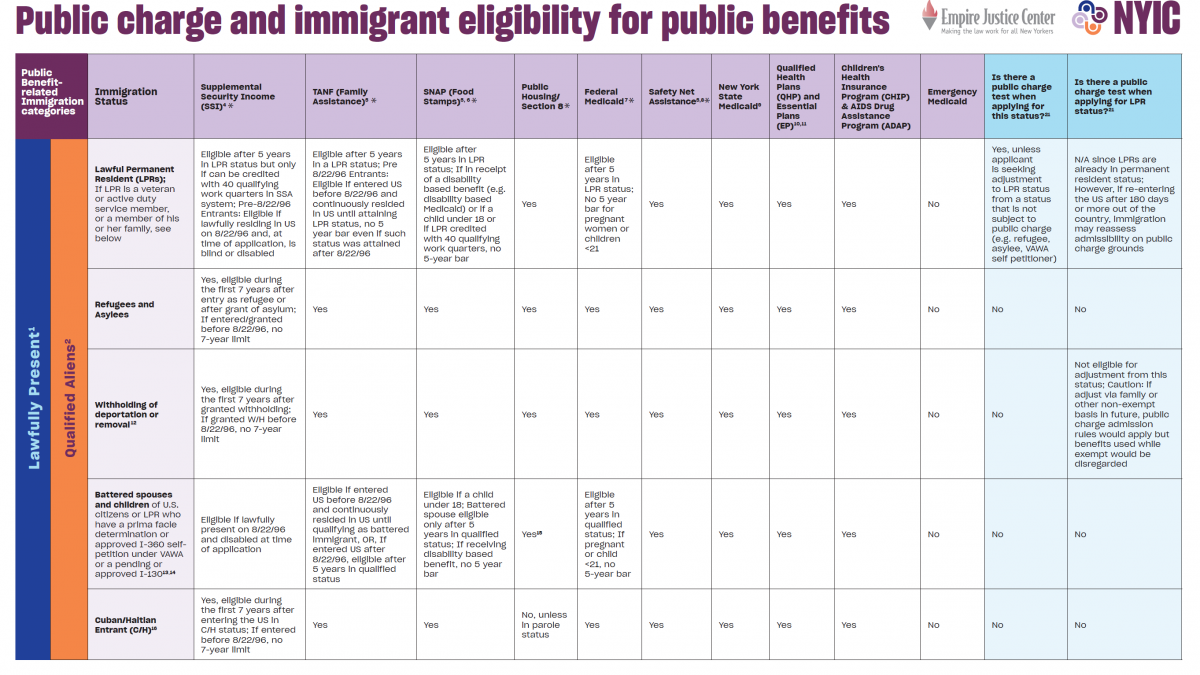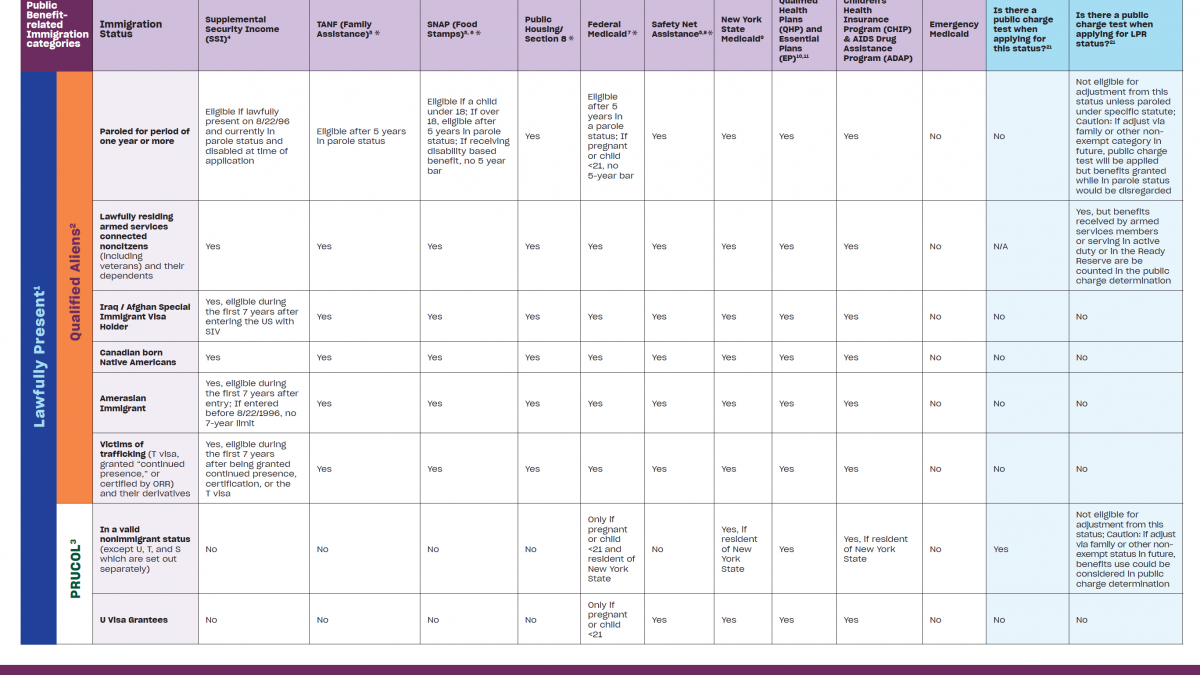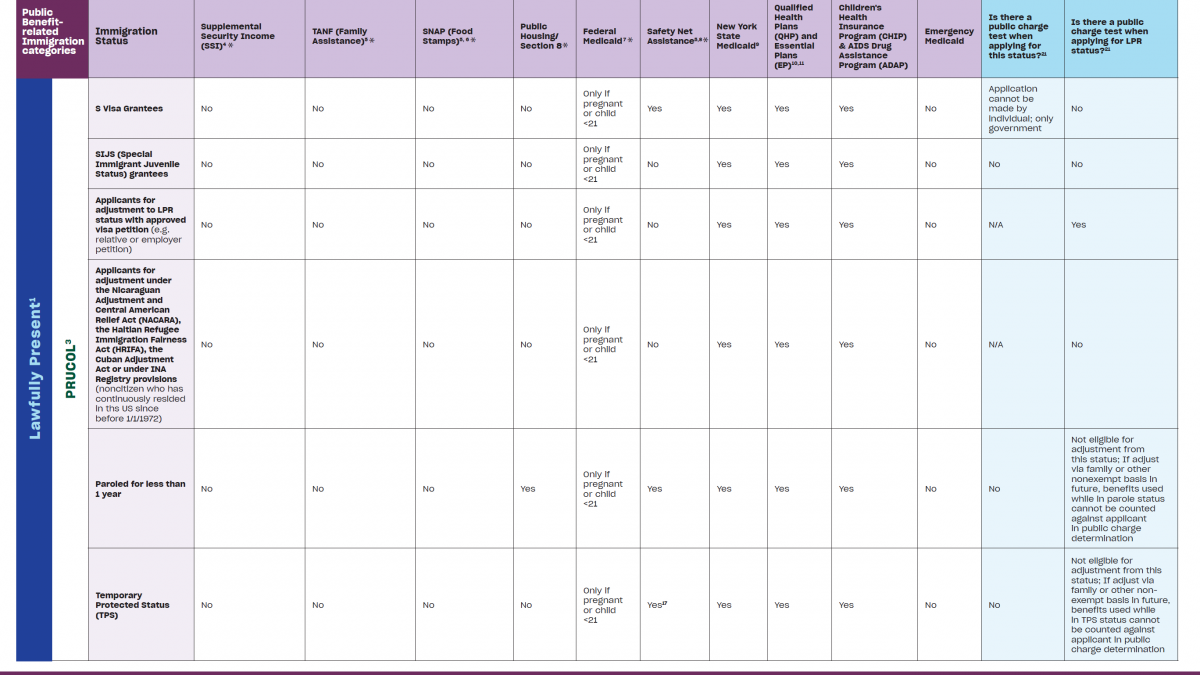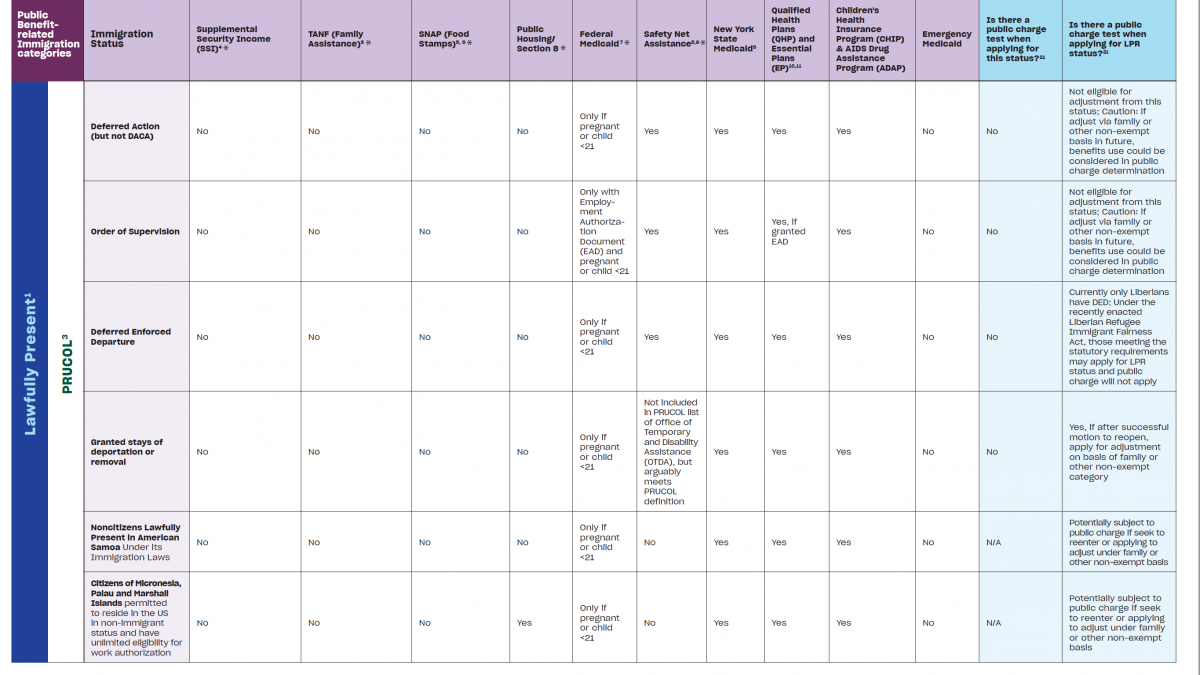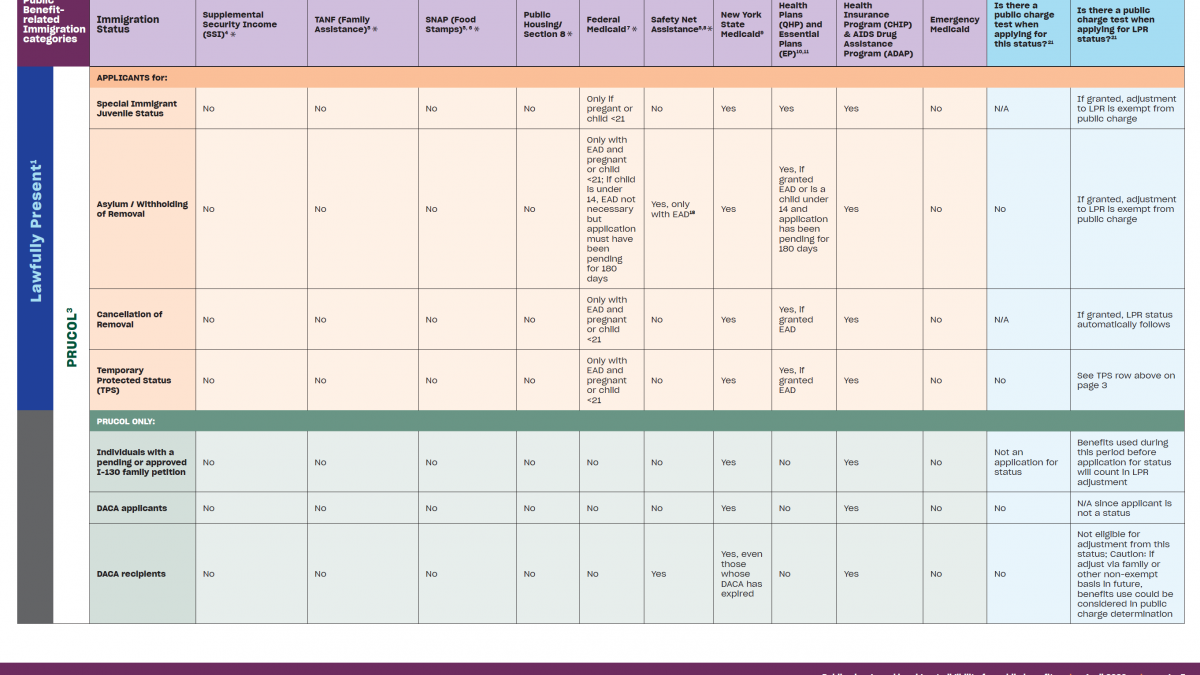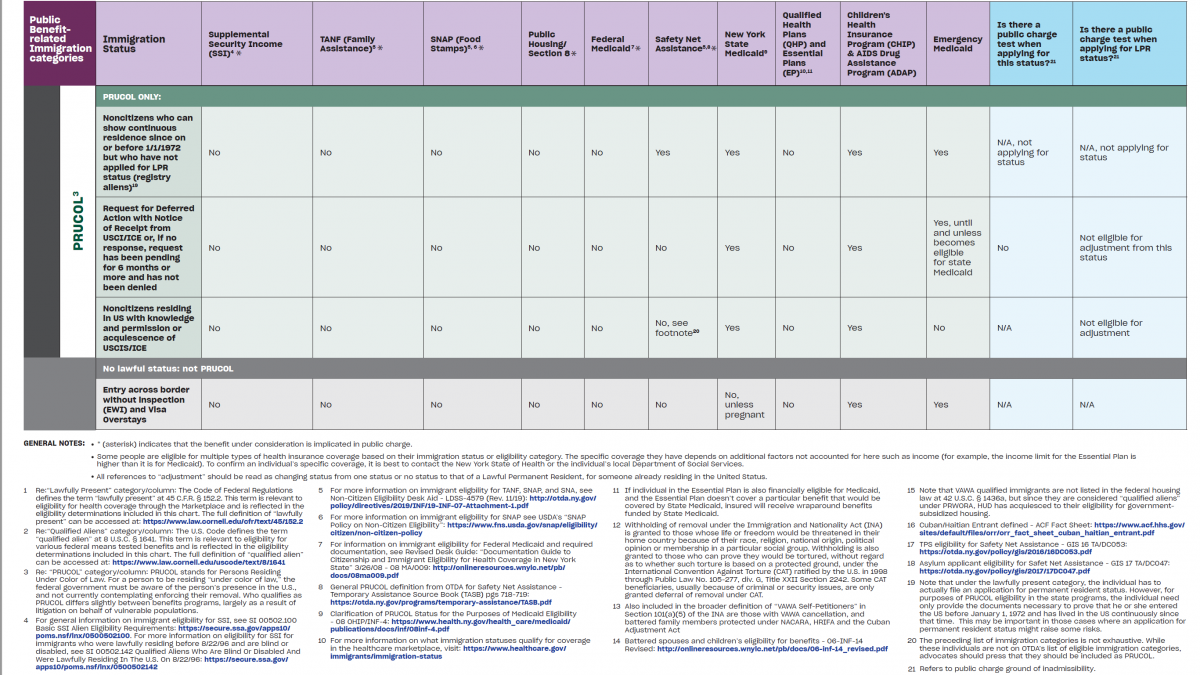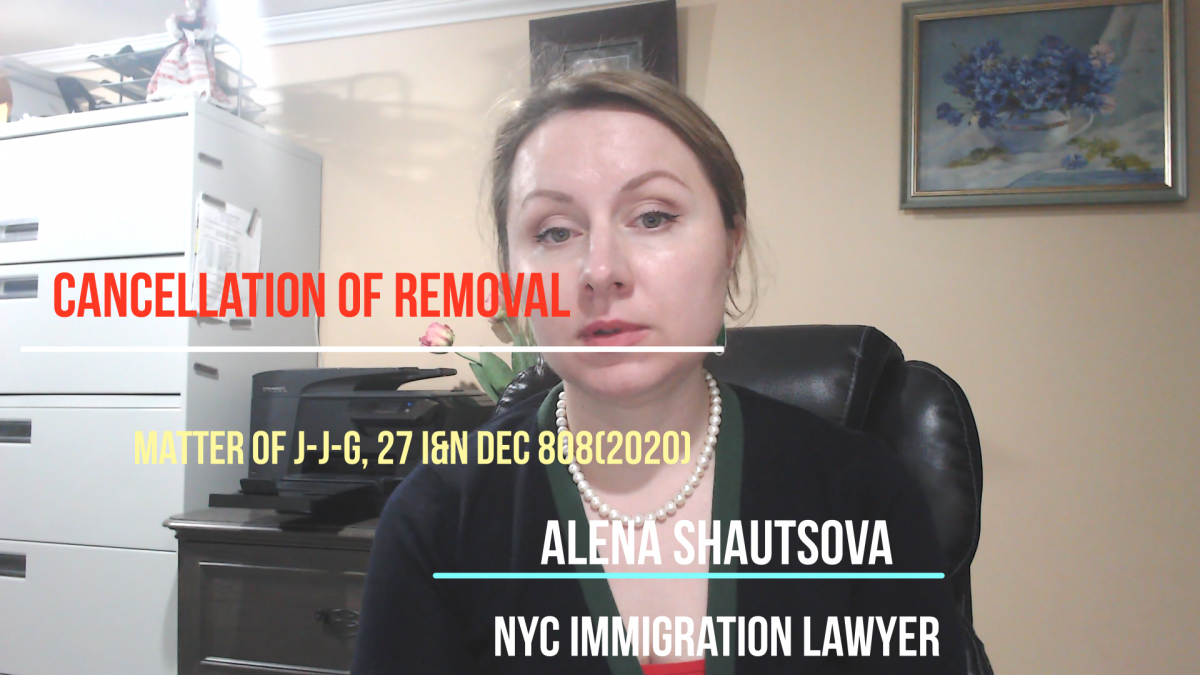Block on Asylum Ban Puts Trump on Ice
Author: NYC Immigration Lawyer Alena Shautsova
Throughout his time in office, President Trump has been waging war with anyone who dares attempt to claim refugee status in the United States. Whether it has been his policy of detaining and separating children from their families, in what can only be described as concentration camps; or his administration’s attempt to strip asylum seekers of their humanity by detaining them almost indefinitely, after they had passed their ‘credible fear’ interview. Trump’s administration has presided over the purposeful disregard for international law and its moral responsibility to protect those who arrive at its door seeking safety.
If we were to list every legal and regulatory wall erected by this administration we might be here all day. So, let’s skip to Trump’s cherry on top – his almost wholescale ban on asylum claims in July 2020 via changes to the regulations around the so-called ‘credible fear’ screening that new self-referrals are subjected to upon entry to the country.
Upon entry to the US, an asylum officer from the USCIS conducts an interview designed to identify whether there is a “significant possibility” that the person in question has a “well-founded fear of persecution or harm on account of his or her race, religion, nationality, membership in a particular social group, or political opinion if returned to his or her home country.” Since July, the interpretation of what kind of applicant might meet this set of criteria has been severely narrowed.
Changes made by the Department of Homeland Security’s Chief Executive, Chad Wolf to the regulatory framework governing the interpretation of US law and, consequently, the operation of ‘credible fear’ interviews, have lead to the denial of almost all asylum cases since July. In a letter to the DHS, Human Rights Watch state that Chad Wolf’s intervention has changed the way that “a particular social group” is defined, putting it at odds with the pre-established legal definition.
Now, when a ‘credible fear’ interview takes place, interrogators no longer understand “a particular social group” in the broader sense in which it was prior understood. Self-referring refugees must be seeking sanctuary from persecution as a consequence of just their race, religion, nationality or political opinion – without consideration of the fact that being part of other types of ‘social groups’ might cause a ‘credible fear’. According to Human Rights Watch, this will weigh heavily against applications from Central America, where, for some, gang culture is a necessary means of existence. It will hamper applicants seeking refuge due to their gender or sexuality. In some parts of Uganda, to be openly gay is to sign a death warrant. After being publicly shamed, a gay man, or woman, can be maimed or murdered. The changes in interpretation as to what should constitute a “particular social group” by law, will mean almost certain deportation for these people back to the snake pit from which they have fled.
Now the U.S. District Court Judge, James Donato has placed a block on the further operation of this rule.
He explained that the regulatory change sought to seriously alter the grounds on which people were able to qualify for asylum. And, if rejected asylum applications did find themselves before a court, the government’s measures had greatly broadened immigration adjudicators’ scope for dismissing their case. Thanks to this administration, winning the possibility of staying in the US has become incredibly unlikely.
Donato’s block was sought on procedural grounds, on the basis that Homeland Security Chief, Chad Wolf wasn’t properly appointed and, therefore, had no legal prerogative to issue the rule. Judge James Donato highlighted the arguments made on the government’s side in prior cases in defense of Wolf’s legitimacy: “In effect, the government keeps crashing the same car into a gate, hoping that someday it might break through.”
With only days until the next President’s inauguration, this rule is likely to be replaced by a more friendly culture at the DHS and USCIS. Joe Biden and his incoming clan have already pledged to raise the ceiling on how many refugees are allowed in from 18,000 per year to 125,000. Biden’s camp has made platitudinal noise about ‘righting wrongs’ and eliminating Trump policy with the finest ‘stroke of a pen.’ This might not be as easy as the Biden Administration thinks. Without swift legislative intervention, change may take some time. The legal and regulatory frameworks have been severely altered. If this administration does all the heavy lifting on immigration policy from the Oval Office, change might be slow and even suffer legal dispute.



